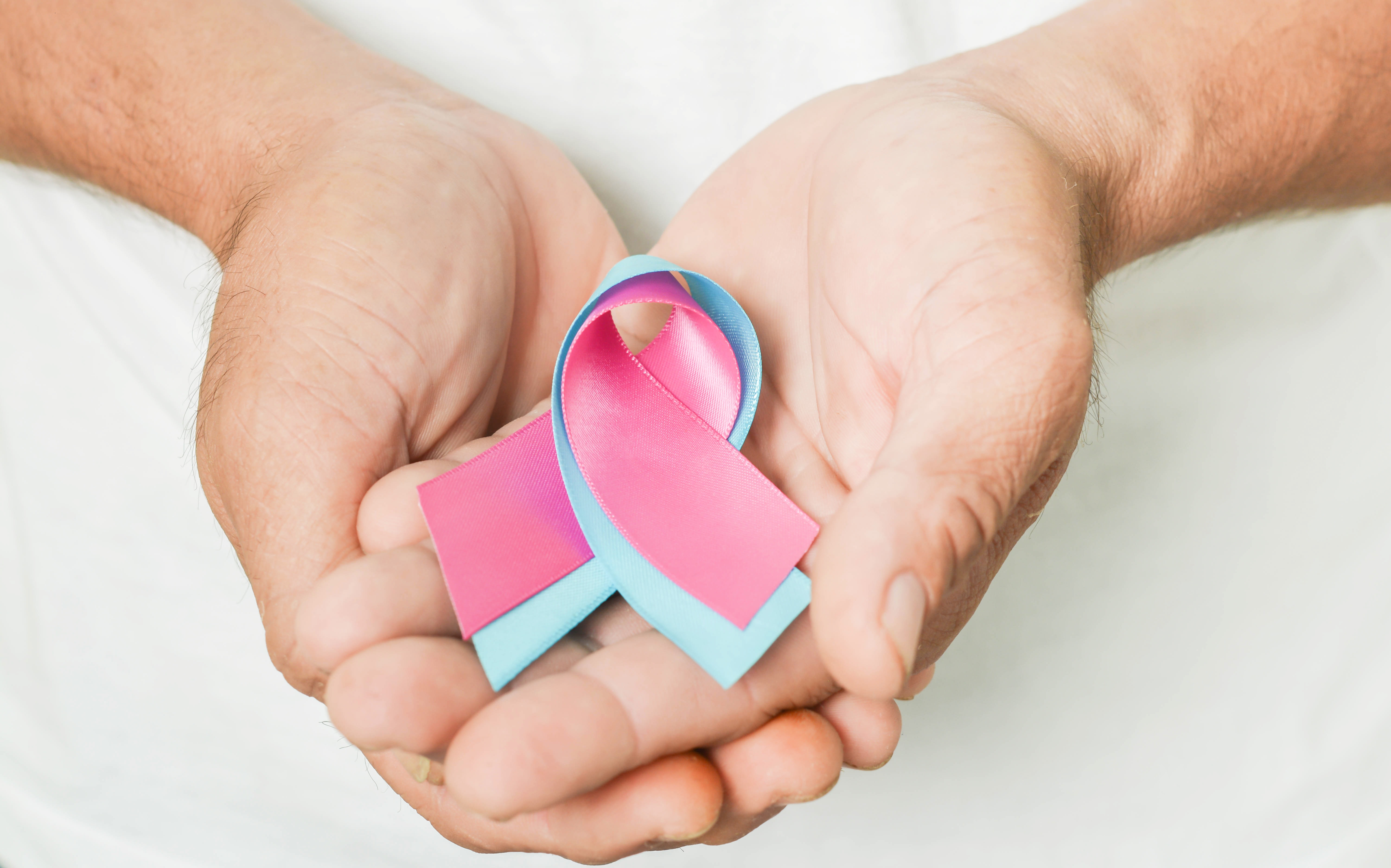Phone Appointment
[smartblock id=45]WhatsApp Appointment
[smartblock id=46]November 2021

Though breast cancer is most commonly thought of as a disease that affects women, breast cancer does occur in men. Because men have breast tissue, they can develop breast cancer.
Symptoms
Signs and symptoms of male breast cancer can include:
- A painless lump or thickening in your breast tissue
- Changes to the skin covering your breast, such as dimpling, puckering, redness or scaling
- Changes to your nipple, such as redness or scaling, or a nipple that begins to turn inward
- Discharge from your nipple
If you have any persistent signs or symptoms, see a doctor to be diagnosed and treated as early as possible.
Causes
Although certain risk factors may increase a man’s chances of developing breast cancer, the cause of most breast cancers in men is unknown.
Risk Factors
Factors that increase the risk of male breast cancer include:
- The risk of breast cancer increases as you age. Male breast cancer is most often diagnosed in men in their 60s.
- Family history of breast cancer. Family history can increase the risk of breast cancer in men — particularly if other men in the family have had breast cancer. Men with mutations in genes such as BRCA1 and BRCA2 have a higher lifetime risk for breast cancer.
- High level of estrogen. Breast cell growth — both normal and abnormal — is stimulated by the presence of estrogen. Men can have high estrogen levels as a result of taking hormonal medicines, being overweight, having been exposed to estrogens in the environment, being heavy users of alcohol and having liver disease.
- Radiation exposure. If a man has been treated with radiation to the chest, he has an increased risk of developing breast cancer.
Treatments
To determine appropriate treatment options, your doctor considers your cancer’s features, your overall health and your preferences. Treatments for breast cancer include:
Surgery
Surgery is usually the first treatment if the breast abnormality is found to be a cancer. There are two main types of surgery. A mastectomy involves removing the whole breast, including the nipple and lymph nodes. Less commonly, in a lumpectomy, the cancer is removed along with a border of surrounding normal breast tissue.
Radiation Therapy
Radiation therapy uses high-energy beams, such as X-rays and protons, to kill cancer cells. In male breast cancer, radiation therapy may be used after surgery to eliminate any remaining cancer cells in the breast, chest muscles or armpit.
Hormone Therapy
Most men with male breast cancer have tumours that rely on hormones to grow (hormone-sensitive). If your cancer is hormone-sensitive, your doctor may recommend hormone therapy. Hormone therapy for male breast cancer often involves the medication tamoxifen.
Chemotherapy
Chemotherapy uses medications to kill cancer cells. These medications may be administered through a vein in your arm (intravenously), in pill form or by both methods. Your doctor might recommend chemotherapy after surgery to kill any cancer cells that might have spread outside your breast.
Targeted Therapy
Drugs are given to prevent the cancer from growing and spreading, by directly targeting cells in the body.
